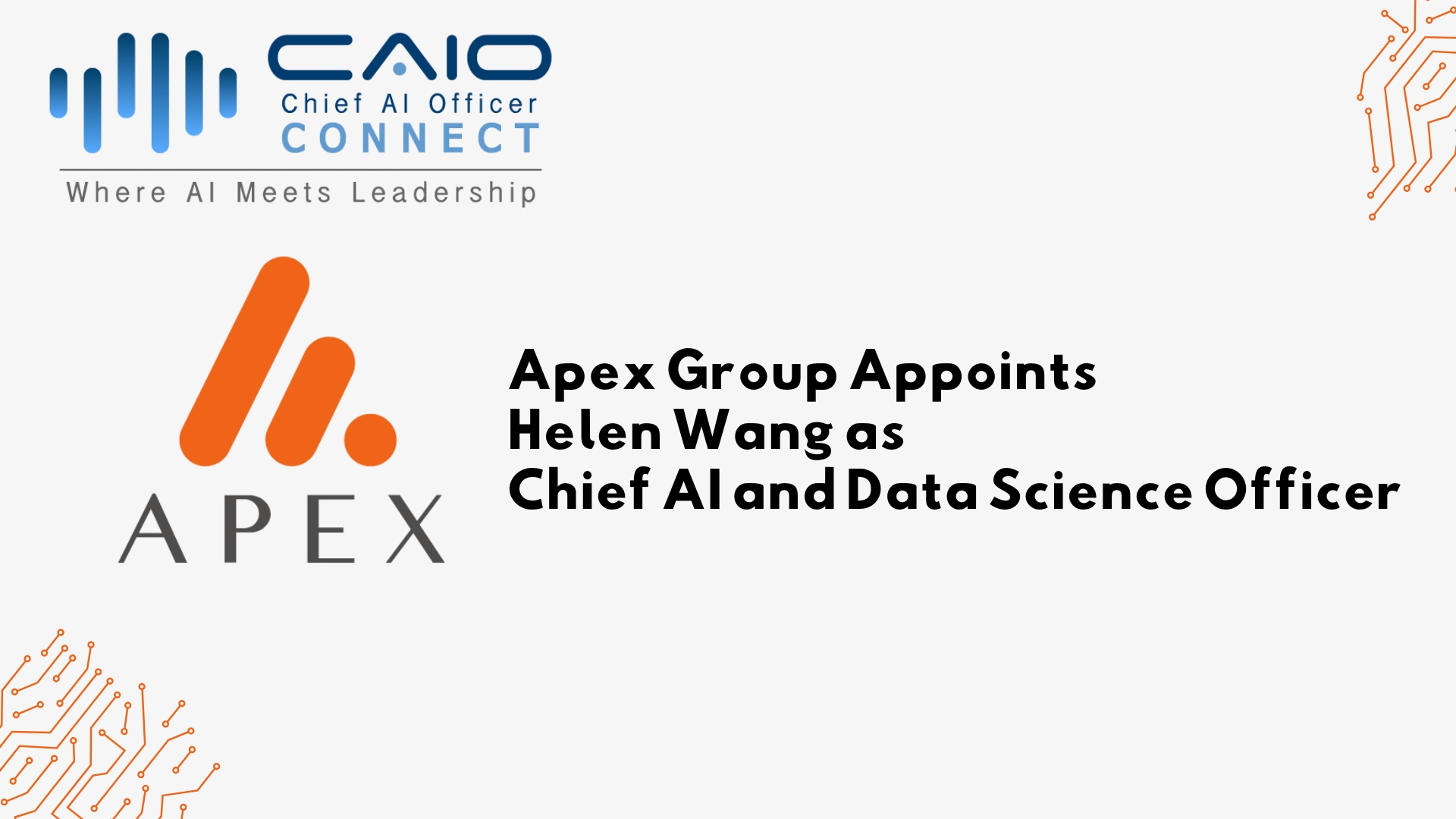Google has once again raised the bar in AI innovation with the launch of Gemma 3, the latest evolution in its family of open AI models. Built on the foundation of Gemini 2.0, Gemma 3 is designed to combine power and efficiency, making AI more accessible to developers and businesses of all sizes. With models ranging from 1B to 27B parameters, Gemma 3 offers enhanced multilingual support, sophisticated reasoning capabilities, and lightweight performance—setting a new benchmark for open AI models.
Gemma 3’s release comes at a pivotal moment, coinciding with the first anniversary of the Gemma family’s introduction. In just one year, Gemma models have achieved over 100 million downloads and inspired the creation of more than 60,000 community-built variants—forming a thriving ecosystem dubbed the “Gemmaverse.” This robust adoption reflects the growing demand for versatile, high-performing AI models that can scale across diverse applications.
Let’s explore how Gemma 3’s enhanced features and capabilities are set to transform the AI landscape.
Gemma 3: Key Features and Capabilities
Gemma 3 has been engineered to strike the perfect balance between performance and efficiency. It introduces significant upgrades in single-accelerator performance, multilingual support, and workflow automation, positioning itself as one of the most adaptable AI models on the market.
1. Exceptional Single-Accelerator Performance
One of the standout capabilities of Gemma 3 is its ability to deliver high performance on a single NVIDIA H100 GPU.
- Gemma 3 (27B) achieved an impressive Elo score of 1338 on the Chatbot Arena leaderboard, outperforming larger models like Llama-405B and DeepSeek-V3.
- This makes it ideal for developers working with limited hardware, as it provides enterprise-level performance without requiring large-scale GPU clusters.
2. Multilingual and Multimodal Support
Gemma 3 expands its reach with extensive language and content processing capabilities:
- 140+ Languages – Pretrained support for over 140 languages ensures developers can create applications that cater to global audiences.
- Text, Image, and Short Video Reasoning – The model’s multimodal capabilities enable advanced content analysis and creative generation.
- This level of versatility empowers developers to create AI solutions for diverse markets and user bases.
3. Expanded Context Window for Better Comprehension
Gemma 3’s increased context window makes it well-suited for complex data processing:
- 128K Tokens – The model can analyze and synthesize large datasets, making it ideal for summarization, document analysis, and long-form conversation.
- This allows for more nuanced responses and improved contextual understanding.
4. Enhanced Workflow Automation with Function Calling
Gemma 3 introduces advanced function calling to streamline automation and AI integration:
- Developers can automate tasks and create agentic AI systems using structured outputs.
- This feature simplifies the development of chatbots, virtual assistants, and customer support systems.
5. Lightweight Efficiency with Quantised Models
Gemma 3 introduces quantised versions to optimize model size and performance:
- Quantised models reduce resource requirements while preserving output quality.
- Ideal for mobile deployment and edge computing, these models lower the barrier for AI implementation on smaller devices.
Final Takeaways
Gemma 3 represents a significant step forward in AI accessibility and performance. Its balance of lightweight design, multilingual support, and powerful reasoning capabilities makes it an ideal solution for developers and businesses seeking to integrate advanced AI without heavy infrastructure demands.
With its strong ecosystem, responsible AI governance, and broad compatibility, Gemma 3 is poised to become a cornerstone in the AI community. As the “Gemmaverse” continues to grow, it’s clear that Gemma 3 is not just a technological advancement—it’s a blueprint for the future of open AI.









